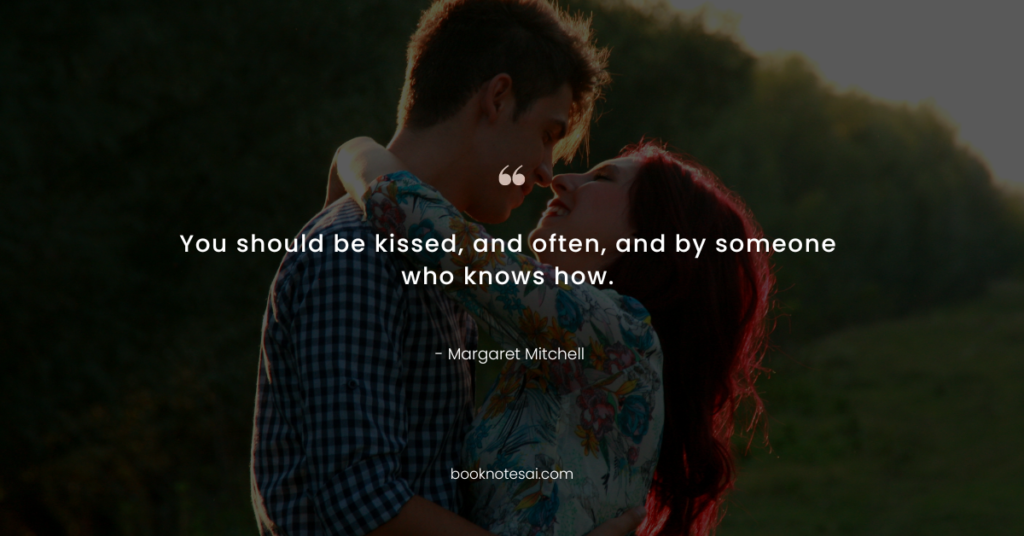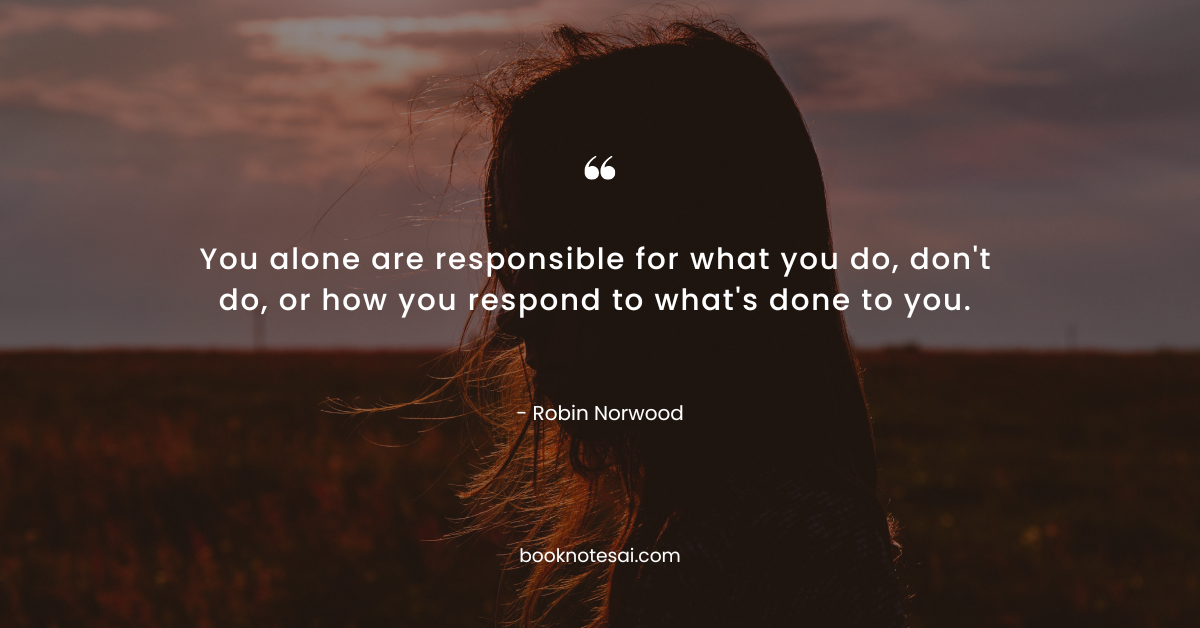Listen To This Post
Gone with the Wind Summary: A Tale of Love and Loss.
This historical novel features a coming-of-age story, with the title taken from the poem “Non Sum Qualis eram Bonae Sub Regno Cynarae”

This is a book summary for Gone with the Wind by Margaret Mitchell. The essential information is structured to be straightforward, useful, and valuable, all while helping you save plenty of time.
Introduction: Why this book?
- Engaging Overview: Set against the backdrop of the American Civil War, Gone with the Wind offers a timeless exploration of human resilience, love, and survival amidst adversity.
Through its vivid characters and sweeping narrative, the book captivates readers with its rich historical context and enduring themes. - Relevance to Readers: By delving into the complexities of relationships, societal norms, and personal ambition, Gone with the Wind provides profound insights into the human condition, making it a compelling read for anyone interested in history, romance, and the resilience of the human spirit.
Gone with the Wind Summary:
- Scarlett O’Hara, a headstrong Southern belle, navigates love, loss, and survival during the Civil War era, while grappling with her unrequited love for Ashley Wilkes and her tumultuous relationship with Rhett Butler.
- Against the backdrop of war-torn Georgia, Scarlett’s indomitable spirit drives her relentless pursuit of happiness and prosperity, even as she faces devastating personal tragedies.
- As the South crumbles and Reconstruction takes hold, Scarlett’s journey is a poignant reflection of the era’s societal upheavals and the resilience of the human spirit amidst adversity.
- Through Scarlett’s tumultuous journey, Margaret Mitchell crafts a timeless epic that explores themes of love, loss, and the inexorable march of time against the backdrop of a nation torn apart by war.
- With its richly drawn characters and sweeping narrative, Gone with the Wind remains a landmark work of American literature, captivating readers with its vivid portrayal of a bygone era.
💡 5 Big Ideas
- Resilience in Adversity: Mitchell underscores the resilience of the human spirit, illustrating how characters like Scarlett O’Hara adapt and thrive in the face of overwhelming challenges.
- The Complexity of Love: Through Scarlett’s tumultuous relationships, the novel explores the intricacies of love, desire, and longing, revealing the depths of human emotion and vulnerability.
- Societal Change and Reconstruction: Against the backdrop of the Civil War and Reconstruction, Mitchell delves into the societal upheavals that shape the characters’ lives and relationships, offering a nuanced portrayal of a transformative period in American history.
- The Power of Ambition: Scarlett’s unwavering ambition and determination drive her relentless pursuit of success and happiness, highlighting the transformative power of individual agency and resilience.
- The Fragility of Human Relationships: Through the ebb and flow of Scarlett’s relationships with Ashley, Rhett, and others, Mitchell explores the fragile nature of human connections and the profound impact of loss and betrayal.
In summary, Gone with the Wind offers a compelling exploration of resilience, love, and societal change amidst the backdrop of the American Civil War.
Through its vivid characters and sweeping narrative, the novel reminds us of the enduring power of the human spirit to endure and triumph in the face of adversity.
Powerful Quotes
- “After all, tomorrow is another day.”
This quote emphasizes the importance of hope and resilience in the face of adversity. - “Frankly, my dear, I don’t give a damn.”
This iconic line from Rhett Butler highlights his disillusionment and detachment from societal expectations. - “With enough courage, you can do without a reputation.”
Scarlett’s defiance challenges societal norms and underscores the importance of self-reliance. - “Life’s under no obligation to give us what we expect.”
This quote reflects the unpredictability of life and the need to adapt to changing circumstances. - “There’s no place like home.”
Ashley’s sentiment speaks to the comfort and familiarity of one’s roots. - “I’ll think of it tomorrow, at Tara. I can stand it then. Tomorrow, I’ll think of some way to get him back. After all, tomorrow is another day.”
Scarlett’s determination to persevere despite setbacks embodies the human capacity for resilience. - “You should be kissed, and often, and by someone who knows how.”
Rhett’s romantic gesture captures the passion and intensity of love. - “Until you’ve lost your reputation, you never realize what a burden it was or what freedom really is.”
Scarlett’s realization underscores the transformative power of adversity. - “The land is the only thing in the world worth working for, worth fighting for, worth dying for, because it’s the only thing that lasts.”
Gerald O’Hara’s reverence for the land reflects the deep ties between identity and place. - “I can’t think about that right now. If I do, I’ll go crazy. I’ll think about that tomorrow.”
Scarlett’s pragmatism underscores the importance of prioritizing one’s mental well-being in times of crisis.
One Reason To Read This Book:
Experience a timeless epic that transports you to the tumultuous era of the American Civil War, where love, loss, and resilience intertwine to create an unforgettable narrative.
Who should I recommend Gone with the Wind Summary to?
If you enjoy historical fiction, epic romances, or exploring the complexities of human relationships amidst societal upheaval, Gone with the Wind is a must-read.
Its sweeping narrative and rich character development will appeal to readers of all ages who appreciate timeless storytelling and profound insights into the human experience.
Recommendations:
- Explore the historical context of the American Civil War with “The Civil War: A Narrative” by Shelby Foote.
- Dive deeper into the complexities of love and relationships with “Pride and Prejudice” by Jane Austen.
- Discover more about the Reconstruction era with “Reconstruction: America’s Unfinished Revolution, 1863-1877” by Eric Foner.
This summary serves as a complimentary guide to the reviewed title Gone with the Wind, offering key insights. For a deeper understanding, we encourage you to explore the full book.


